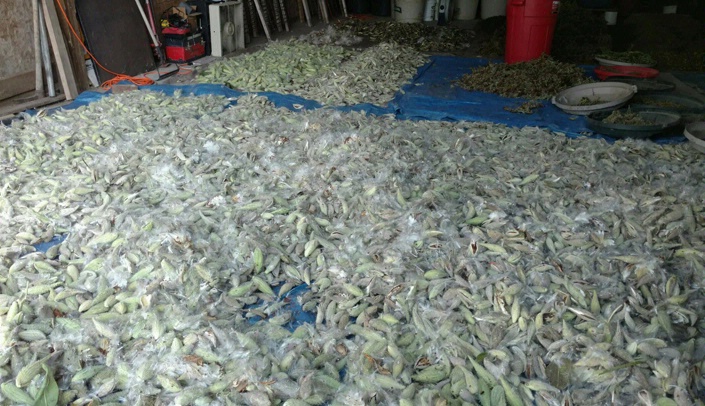Last year, LiveGreen told you about the importance of birds, butterflies and other pollinators as they are losing their natural habitat. Planting pollinator-friendly plants is part of the solution, but complete habitats must be restored to bring the entire ecosystem back into balance.
 |
Enter the Prairie Plains Resource Institute.
The pioneer of ecological restoration in Nebraska, Prairie Plains’ restoration methods have influenced individuals, organizations and government agencies.
Local ecotype prairie and wetland restoration has benefits for wildlife conservation, livestock forage production and soil conservation, as well as the benefits of water filtration and percolation into the ground. Prairies in the Platte River watershed are extremely valuable resources due to their relevance to both ground and surface water quantity and quality. Since 1980, Prairie Plains has restored 11,500-plus acres of prairie and wetland at 204 sites in 52 Nebraska counties.
Seeds from 230 species are collected from May through November from prairie preserves and road ditches. They then are dried and mixed to create a historically accurate, high-diversity restoration mix that differs ecologically and aesthetically from planting of commercial seed mixes.
In the fall, Prairie Plains calls on volunteers to help with their seed harvest blitz. This harvest provides enough seed to restore 1,500 acres and allows Prairie Plains to restore prairies with only native, local and wild species of plants while ensuring plants bloom throughout the growing season, thereby providing consistent pollinator habitat.
Prairie Plains also works to educate the public on the importance of prairie restoration and the natural habitat of Nebraska. They relocated a historic barn that they are renovating as a unique education center, and they have a fantastic nature day camp for kids, Summer Orientation About Rivers (SOAR). I’ve actually heard a student say it was more fun than video games — what tops that?
Interested in a preview? Prairie Plains will be participating in the Nebraska Science Festival this year.
You also can check out their “Ribbons of Prairie” multi-generational vision for the Great Plains landscape. The ribbon represents a continuous network of restored prairie wilderness along stream and river corridors.
This can be accomplished with good stewardship of our water resources; increasing native habitat; protecting scenic, scientific and cultural resources; integrating diversified agriculture, urban and natural landscapes; and providing educational opportunities to the public.

Thanks for this article Melanie. I did not know about the Prairie Plains Resource Institute and the good work they are doing. I appreciate the information very much.
This is wonderful. My brothers, with a bit of help from me, have restored several of our marginal farm patches back to native Oklahoma prairie grass. A native prairie strip all the way across Nebraska would be a wonderful thing.